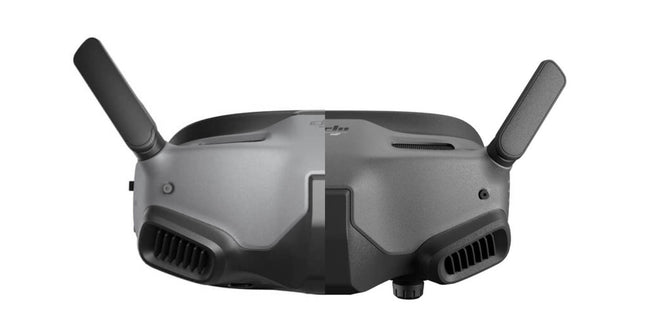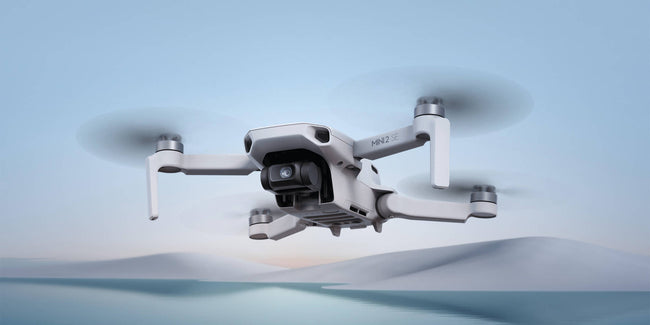Corning microHSI 410 SHARK Hyperspectral Sensor for UAV Drones
Out of stock
SKU: CORN-SHARK-HYPER-CAM
Weight: 6.0 kg
|
|
|
|
Corning Hyperspectral Corning Hyperspectral Imaging provides hyperspectral sensors and full hyperspectral systems for all applications including precision agriculture, industrial, environmental monitoring, mining, and mineralogy.
|
|
|
|
|
A few of the 410 SHARK’s innovative features include: - First complete, coherent HSI sensor system designed specifically for small UAS/UAV drones
- Web interface for system management and control
- Flight planning and execution software enables preprogramming of image collection plan
- Automated waypoint operation, frame rate, binning, selectable image recording options
- Operating and maintenance documentation
- API interface (upon request)
- Designed for minimum 30 minute operating/recording time.
- Consistent with performance of most small UAS
- Hot-swap battery optional; larger battery available
- For more effective data management, the user can choose to collect the entire 155 band hyperspectral image cube, or only the spectral bands needed for a specific mission or application.
- Digital Elevation Maps (DEM) can be loaded into the system pre-flight for the area to be imaged to improve image georegistration during post-processing.
System includes:
|
|
|
|
Hyperspectral vs. Multispectral Imaging Technology
|
Why Hyperspectral Over Multispectral for Precision Agriculture?
|
Corning MicroHSI 410 Shark - Use Cases
Crop Growth and Health Assessment/Management
|
Enables the evaluation of vegetation stress, often before it is visible to the humawith other sensors.
|
Olive Orchard – Zamora, CA
|
In less than 48 hours…
|
Nitrogen Fertilization Recommendation
NASA ROSES Program
|
Featured content
DJI's latest FPV Goggles, DJI Goggles Integra replace the still popular and available DJI Goggles 2 adding a new feature,...
DJI recently released the DJI Mini 2 SE, its second-generation mini SE drone on the market. With DJI having a number of...
Christmas is nearing and it's time to start looking the perfecto drone to buy friends or family, especially with increase in delivery times and...






